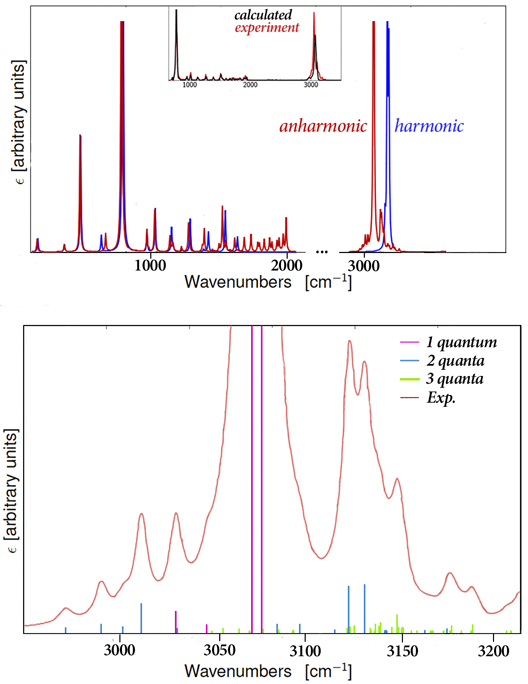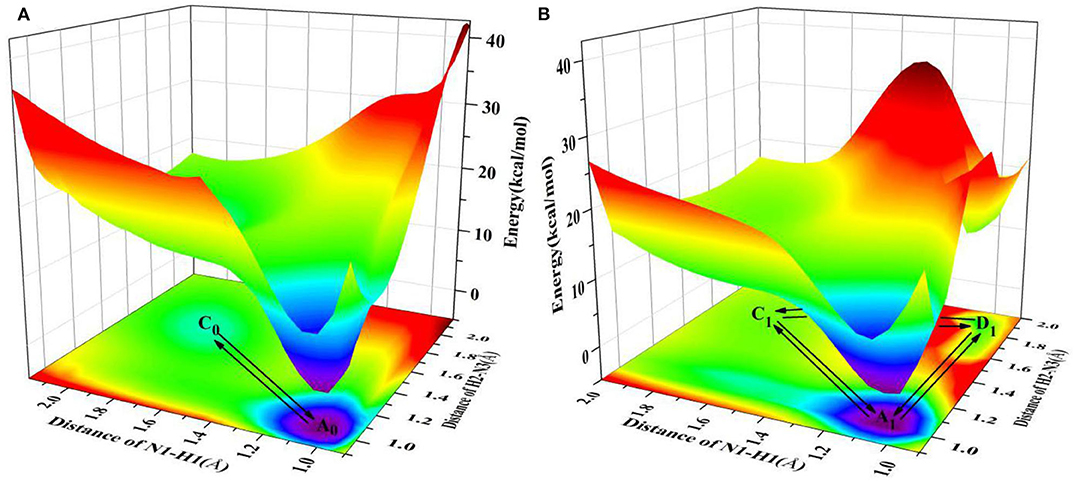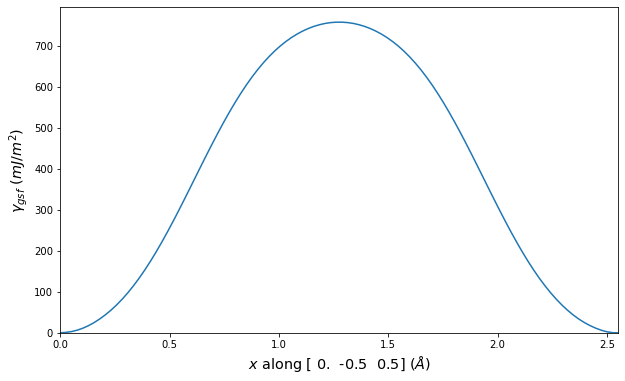
It is well-established that the product of Cartesian (or spherical) Gaussian functions may be represented as a linear combination of Hermite Gaussian functions (33−36) the generalization to London Hermite Gaussian functions can be written as (1,37−40) (8)which may be written, in the notation of eq 3, as = 0 if p a + b.


Within this framework of (reduced) shell-pairs, the contraction of eq 3 may be applied as early as possible in each integral algorithm to yield contracted integrals. However, in this generalized Gaussian product theorem, the product Gaussian has its origin in the complex plane for a pair of primitive s-type LAOs, centered on A and B, with exponents α and β, contraction coefficients d a and d b, and phase factors k a and k b, respectively, the product may be written as (4)It follows that the LAO shell-pair for each pair of primitive functions requires only computation and storage of the following quantities (5)where (6)with which the product of two s-type LAOs in eq 4 can be written more concisely as (7)If | Ũ P| ≤ 10 –12, the pair of primitive functions may be considered negligible and discarded from the shell-pair this allows an increasingly large proportion of the Gaussian product space to be discarded as the system becomes larger. In recent years, there has been significant progress in extending accurate quantum chemical methods to treat molecular systems under such conditions where standard perturbative treatments are no longer applicable.Īs is the case for the product of two GTOs, the product of two LAOs yields a further Gaussian function. (22) Nonperturbative effects have also been observed in the context of doped semiconductor materials see for example the study of Murdin et al. Nonperturbative response of such systems to a magnetic field is expected as the area of the molecules perpendicular to the magnetic flux increases for larger systems these effects are predicted to be observable at much lower field strengths. The behavior of carbon nanomaterials, such as nanographenes, under strong magnetic fields achievable in laboratories has long been of interest. (18−20) Molecular hydrogen has been observed in spectra from nonmagnetic white dwarf stars, (21) suggesting that molecules and even chemistry may be possible in such extreme environments. (1−17) Such calculations are of interest since they are one means by which static response properties with respect to an applied magnetic field may be evaluated but also since they are essential for modeling the behavior of molecular systems in strong magnetic fields that cannot be treated perturbatively and of the kind found on stellar objects such as magnetic white dwarf stars. Interest has grown over recent years in the nonperturbative calculation of electronic structure in strong magnetic fields.

The present implementation of molecular gradients at the CDFT level provides a cost-effective approach to the study of molecular structure under strong magnetic fields, opening up many new possibilities for the study of chemistry in this regime. The importance of correlation effects is examined by comparison of results at the HF and CDFT levels. Challenges for geometry optimization in strong fields are highlighted, along with the requirement for careful analysis of the resulting electronic structure at each stationary point.

Illustrative applications are presented to the OH and benzene molecules, revealing the rich and complex chemistry induced by the presence of an external magnetic field. The CDFT contributions have been implemented for a wide range of density functionals up to and including the meta-GGA level with current-density dependent contributions and (range-separated) hybrids for the first time. In addition to its application to evaluating derivatives of four-center integrals, this approach is also applied to gradients using the resolution-of-the-identity approximation, enabling efficient optimization of molecular structure for many-electron systems under a strong magnetic field. The required integral derivatives are constructed using a hybrid McMurchie–Davidson and Rys quadrature approach, which combines the amenability of the former to the evaluation of derivative integrals with the efficiency of the latter for basis sets with high angular momentum. An efficient implementation of geometrical derivatives at the Hartree–Fock (HF) and current-density functional theory (CDFT) levels is presented for the study of molecular structure in strong magnetic fields.


 0 kommentar(er)
0 kommentar(er)
